“The boiling water swirls and whirls under the shadow of the cliffs, then calms down when pouring into the red soil color of the sediments, the three valleys of Lai Chau . Here the Da River receives its tributaries, the Nam Na and Nam Lay rivers, which merge into the river like a perfect cross…”
Those are the opening lines of the book “Song Da: History of a Vietnamese border region” by historian Philippe Le Failler, Chief Representative of the French School of the Far East (EFEO) in Hanoi .
On July 12, Omega Plus Company in collaboration with the French Institute in Hanoi organized a seminar to introduce the book - a translation by Thanh Thu.
The author has exploited and distilled materials from national history, records of local officials, travel documents, as well as rich archives of the French civil and military authorities, to create a comprehensive, profound and vivid picture of the history of a border region from the 11th century to the beginning of the 21st century.
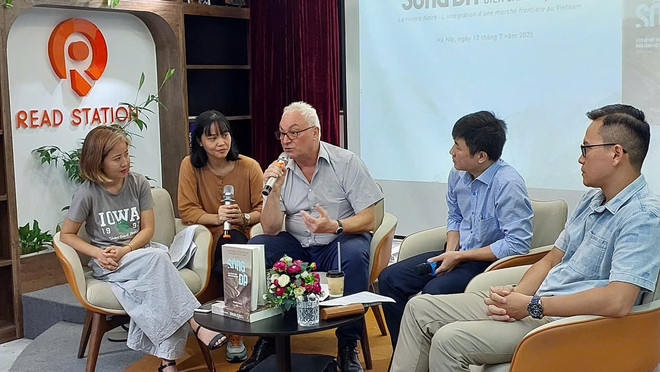
Researcher Le Nguyen Long, lecturer at the University of Social Sciences and Humanities, Vietnam National University, Hanoi, assessed this as a monumental research work on the history of the Da River area - a special geographical, historical and cultural space, the border area of Vietnam with Laos and China.
There has never been a similar work before. To understand the history of the highlands from the French colonial period to the 1950s, this is a must-read document, and a reliable reference for scholars.
The book is divided into 12 chapters, in chronological order: Rivers, people and the past; Territorial disintegration (1860-1886); Resistance, surrender and conquest (1886-1890); Border areas under military rule (1890-1895); Border protection (1895-1909); From adventurers to powerful people; Short-lived civil rule (1909-1918); The Hmong uprising (1918-1922); The return of the army and the end of laxity (1922-1930); The gradual elimination of privileges (1931-1940); The illusion of independence in wartime (1940-1954); From conditional autonomy to annexation (1955-2007)./.
Philippe Le Failler is a French historian, associate professor at the French School of the Far East (EFEO), and Chief Representative of EFEO in Hanoi. He is the author of several books on Vietnamese history (19th-20th centuries) and has participated in many cooperation programs with Vietnamese research institutes.
Source: https://www.vietnamplus.vn/kham-pha-song-da-qua-goc-nhin-cua-nha-su-hoc-phap-post1049300.vnp



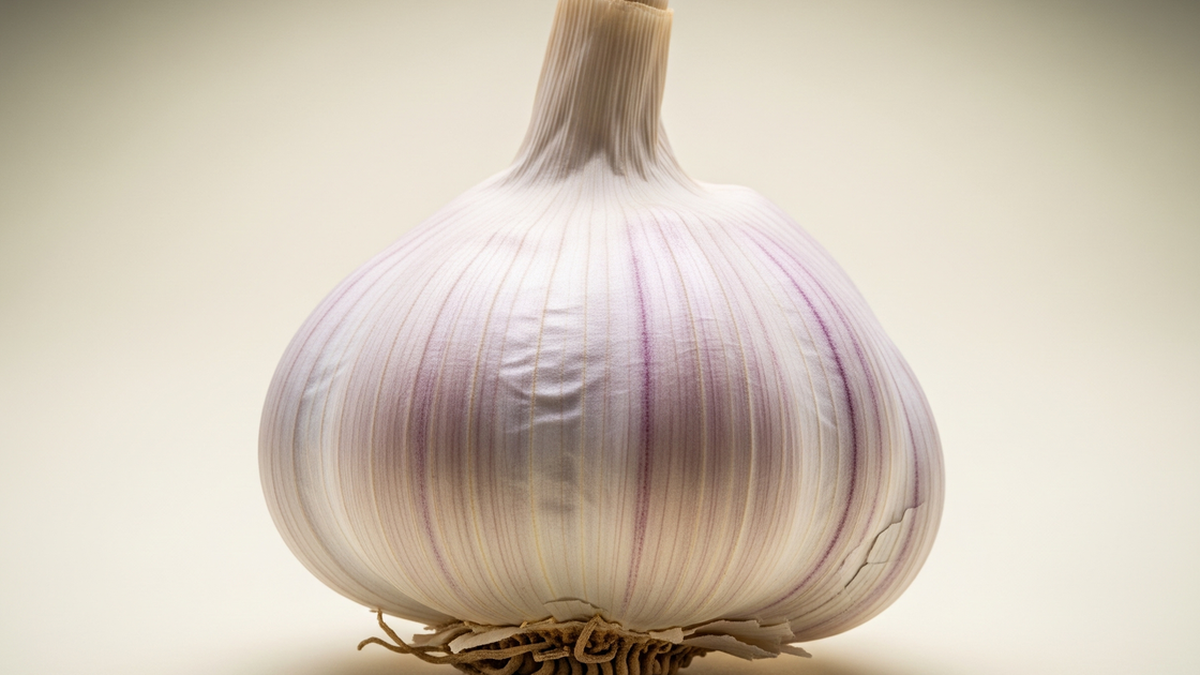


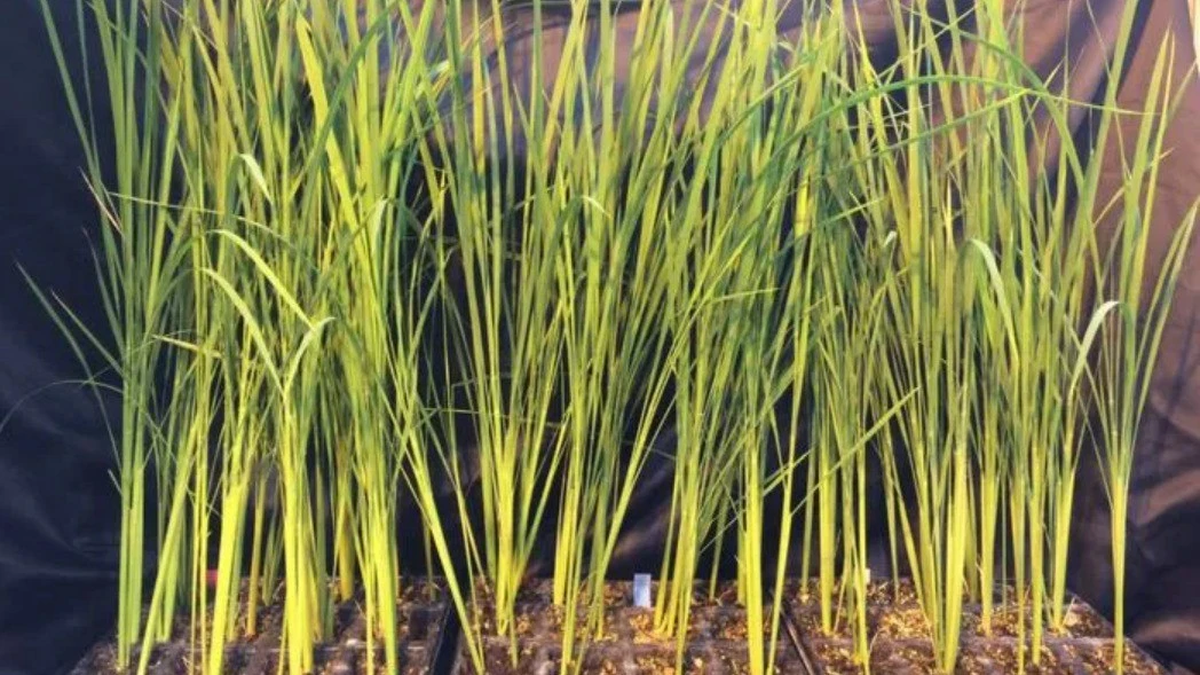



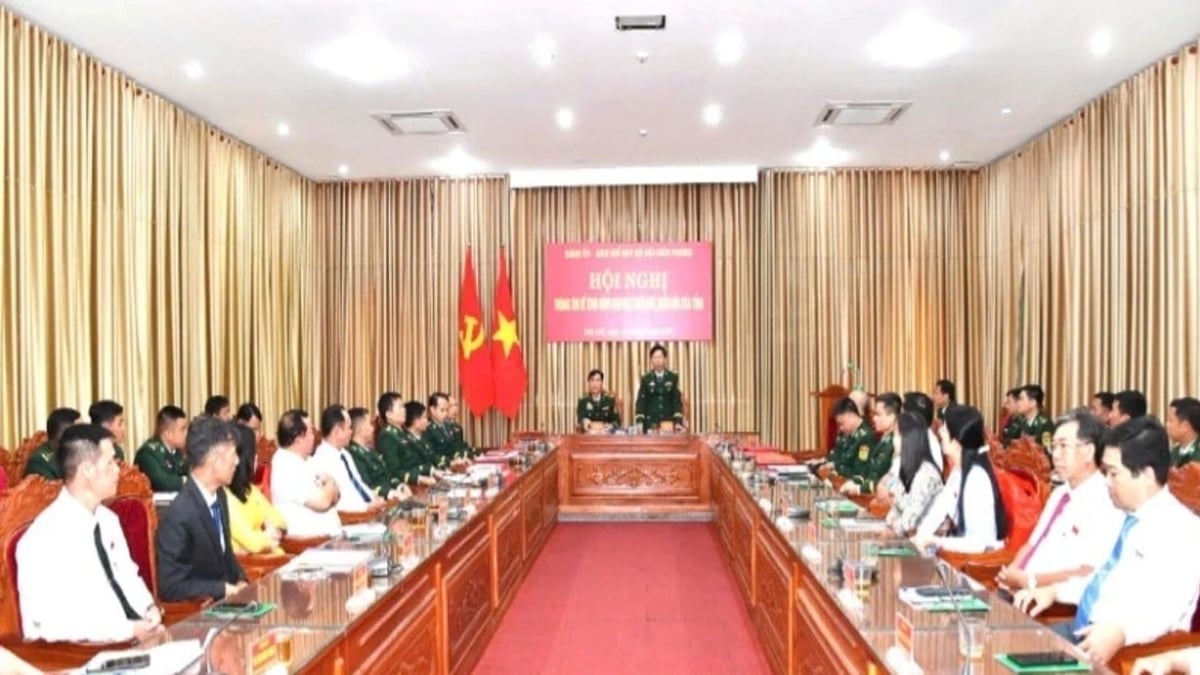

























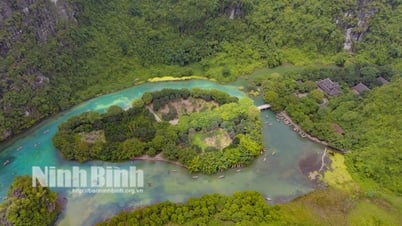

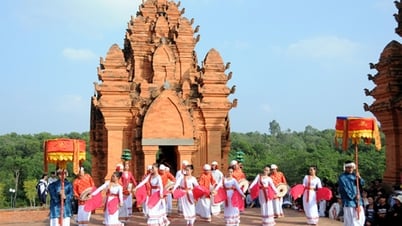



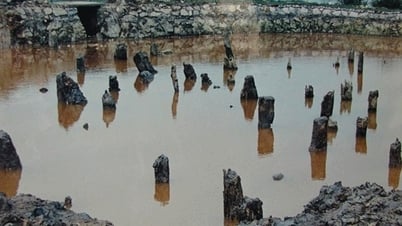


















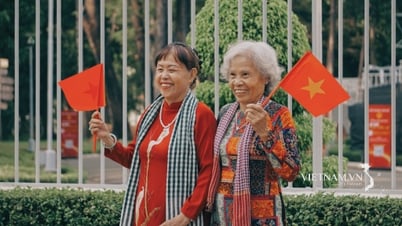




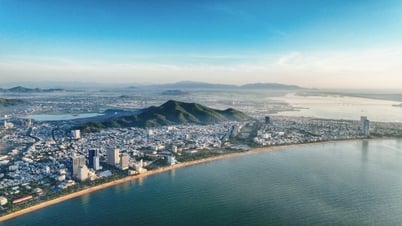

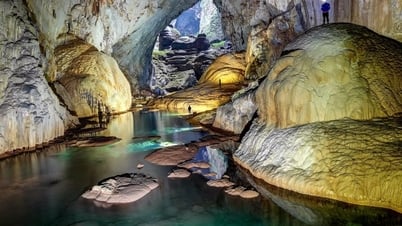








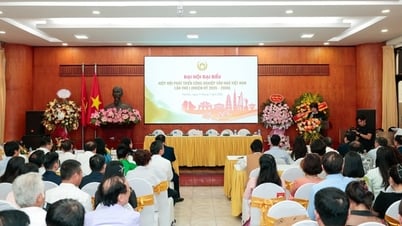






















Comment (0)